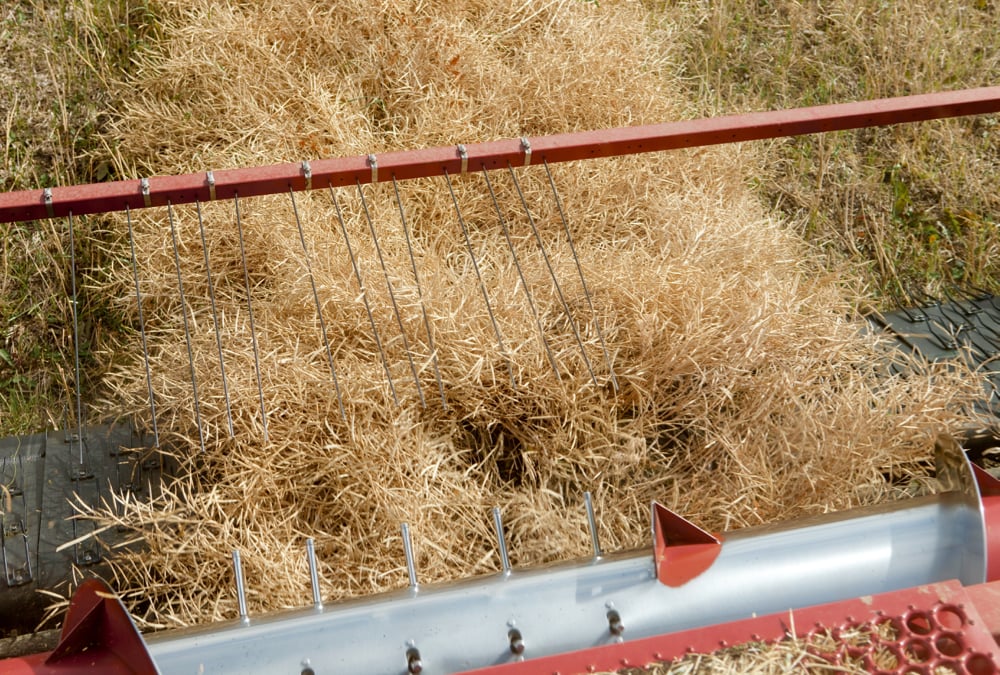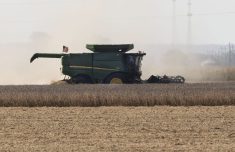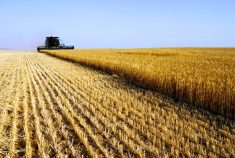The snow pack in Manitoba and North Dakota won’t likely melt until mid-April, which increases the risk of a rapid thaw and spring flooding, says the U.S. National Weather Service.
In an update posted March 15, NWS weather forecasters in Grand Forks, N.D., said temperatures significantly below normal will persist until the end of March.
As a result, a major snow melt won’t occur until April.
“At this time … a large scale snow melt and runoff conditions look to be delayed until the early or middle part of April,” the forecasters noted on the NWS website.
Read Also

Alberta harvest wrapping up: report
Harvest operations advanced to 96 per cent complete in Alberta as of Oct. 7, with only a few late-seeded cereal and canola fields remaining, according to the latest provincial crop report.
“Such a delayed onset generally means an increased risk for a rapid thaw… and an increased risk for isolated heavy rain events to occur while snow melt flooding is underway.”
A late winter blizzard dumped 15 to 25 centimetres of snow in southern Manitoba March 18, adding to an existing snowpack of 30 to 80 cm across the region.
The persistent wintery weather represents a harsh contrast to last year, when snow on most Manitoba fields had melted by the third week of March.
Despite the snow and cold, it’s too early to worry about spring planting, said Mike Wroblewski, a meteorology specialist with Manitoba Agriculture.
“A thaw in mid-April is kind of a normal situation that we see in southern Manitoba,” he said, from his office in Carman. “It’s been a few years (since a normal spring), that’s all.”
Last summer was particularly hot and dry in southeastern Manitoba. Dugouts dried up and ranchers had to feed cattle in July and August because pasture re-growth was poor.
As a result, snow in March is actually beneficial, Wroblewski said.
“Let’s put it into context. The southeast has been deprived of moisture for about two years,” he said.
October boosted soil moisture in southern Manitoba, but additional infiltration is needed, he added.
“Underneath that (top layer of soil) and down to four feet, it’s still dry as it was before,” he said.
” The best case scenario, (farmers in) the Red River Valley and the southeast are laughing because they got a bit of a replenishment.”
However, he said a couple of Alberta Clippers could hit Manitoba before the snow melt begins, which would amplify the flooding risk.
In its initial flood forecast, released Feb. 27, the Manitoba government said there is a risk of minor to moderate spring flooding along the Red, Assiniboine, Souris and Pembina rivers.
The province will update its forecast later this month.

















